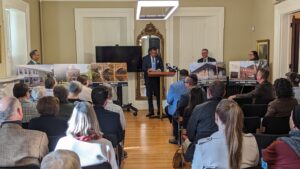
Session Spotlight: Preserving Harriet Tubman’s Landscape Legacy
- March 3, 2020
- 10:39 pm
- March 3, 2020
- 10:39 pm
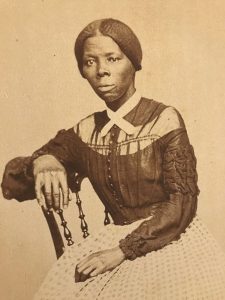
In the lead-up to the 2020 NY Statewide Preservation Conference, we’re spotlighting some of the sessions and workshops that you’ll be able to attend. One session that we’re excited about is Preserving Harriet Tubman’s Landscape Legacy, which will explore how the landscape at Harriet Tubman National Historical Park can be interpreted and used today to carry on Tubman’s legacy.
This session will explore how the remarkable history of Harriet Tubman National Historical Park is being revealed through a Cultural Landscape Report that is providing a foundation for the landscape’s adaptation into a unit of the National Park System. Conceptual planning for landscape rehabilitation, developed by a SUNY ESF landscape architecture studio, will address how the historic rural character can be revealed while providing for contemporary uses that convey Tubman’s values of love, faith, and joy.
We spoke with the session panelists to give you a sneak peek at what they’ll be talking about:
Tell us a little about the site that you’ll be discussing.
Harriet Tubman National Historical Park, a partnership between the National Park Service and The Harriet Tubman Home, Inc., preserves properties in the City of Auburn and Town of Fleming associated with the great American abolitionist and humanitarian, Harriet Tubman, known as the “Moses of her people.” The park includes her seven-acre farm, the property associated with The Harriet Tubman Home that she founded in 1896, and her church, the Thompson African Methodists Episcopal Zion Church. Her gravesite in Fort Hill Cemetery, although not part of the park, is a short distance from the church.
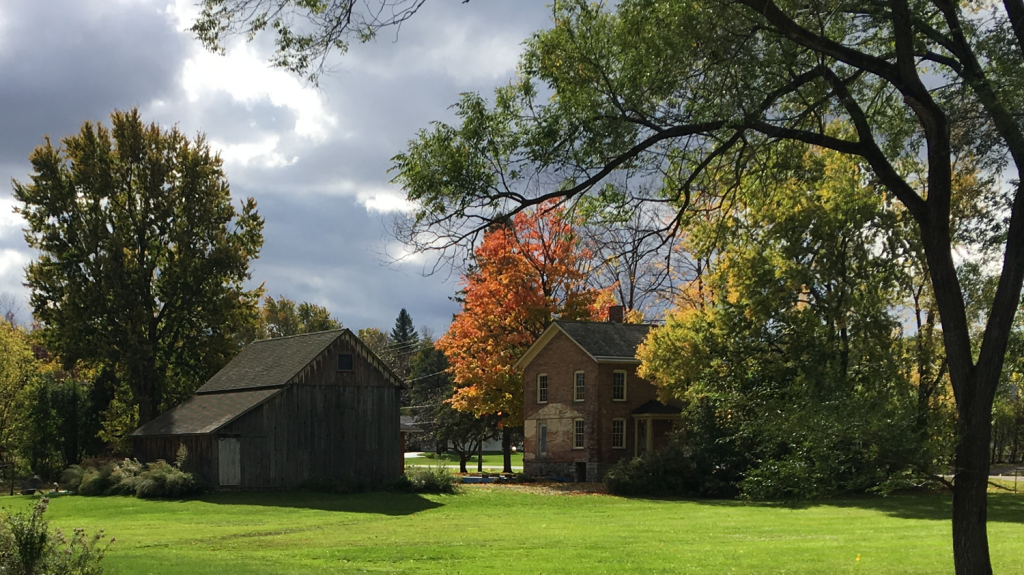
Tubman’s seven-acre farm, which she acquired from William Seward in 1859 while still a fugitive slave, made it possible for her to become self-sufficient, support her family and those in need, and continue her work for social justice in the decades after the Civil War. It was illegal for Seward to sell land to a fugitive slave in 1859, and it remained highly unusual for a black woman to own property in the decades after the Civil War.
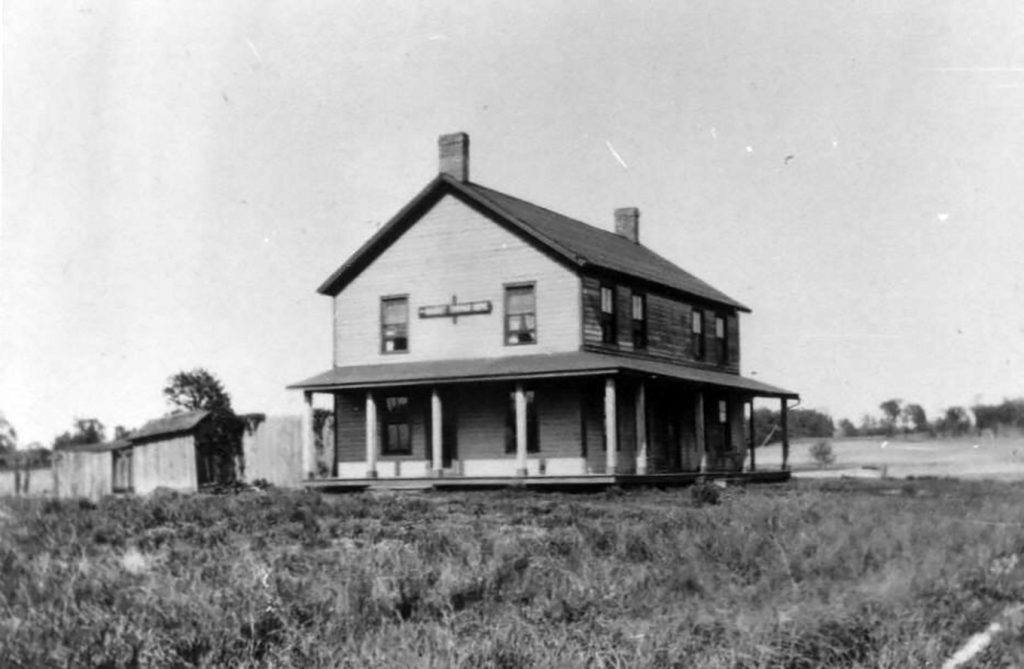
In 1895, Harriet Tubman founded The Harriet Tubman Home through support of the AME Zion Church. Located on twenty-five acres adjacent to Tubman’s seven-acre farm, the Home’s official purpose was “the care and maintenance of worthy indigent colored people”—a “Home” in the sense of a place of refuge, rather than Tubman’s own residence (often a point of confusion). Tubman founded the institution to carry on her life’s work, and considered it to be her crowning achievement. Best known for its “Home for the Aged,” its other planned programs included an industrial school for training youth in domestic and technical skills. Today, The Harriet Tubman Home, Inc., carries on Tubman’s legacy through interpreting her story and planning annual pilgrimages to her home and gravesite, among other activities.
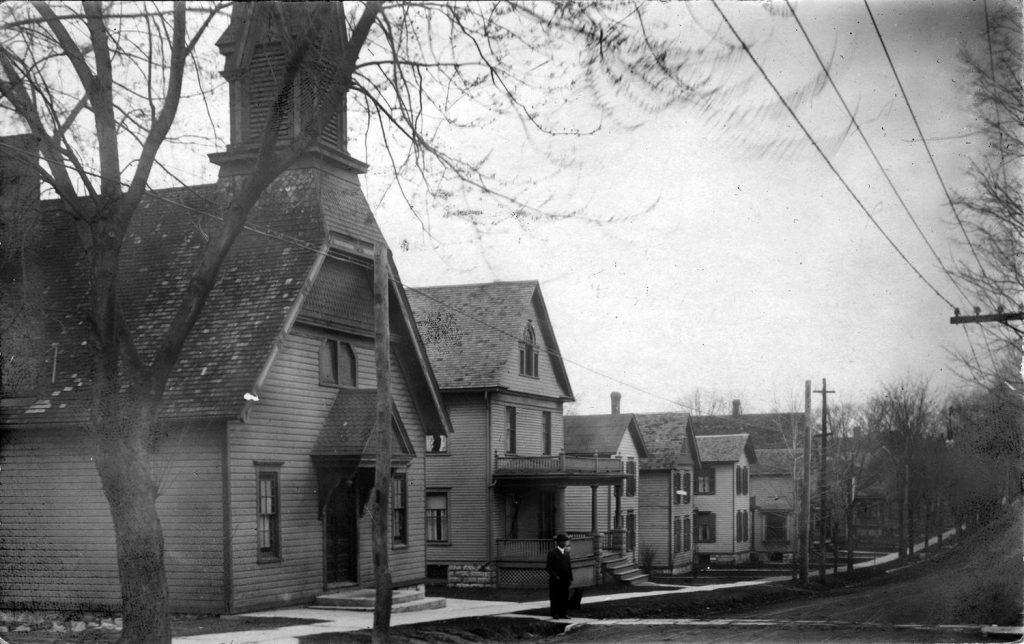
What does the landscape have to do with Harriet Tubman and why does this matter?
Harriet Tubman National Historical Park contains very modest buildings and landscapes. Unlike many other historic units of the national park system, its significance is derived primarily from its association with one of the greatest humanitarians in US history. Visitors need to take time to understand Harriet Tubman and her legacy to fully appreciate the park.
Why should Conference attendees choose this session?
Conference attendees should chose this session to gain insight into how a cultural landscape can be preserved and restored to reveal important and often complex histories. The Tubman sites are a case study in how landscapes—especially vernacular ones—have been overlooked as resources in need of preservation and interpretation.
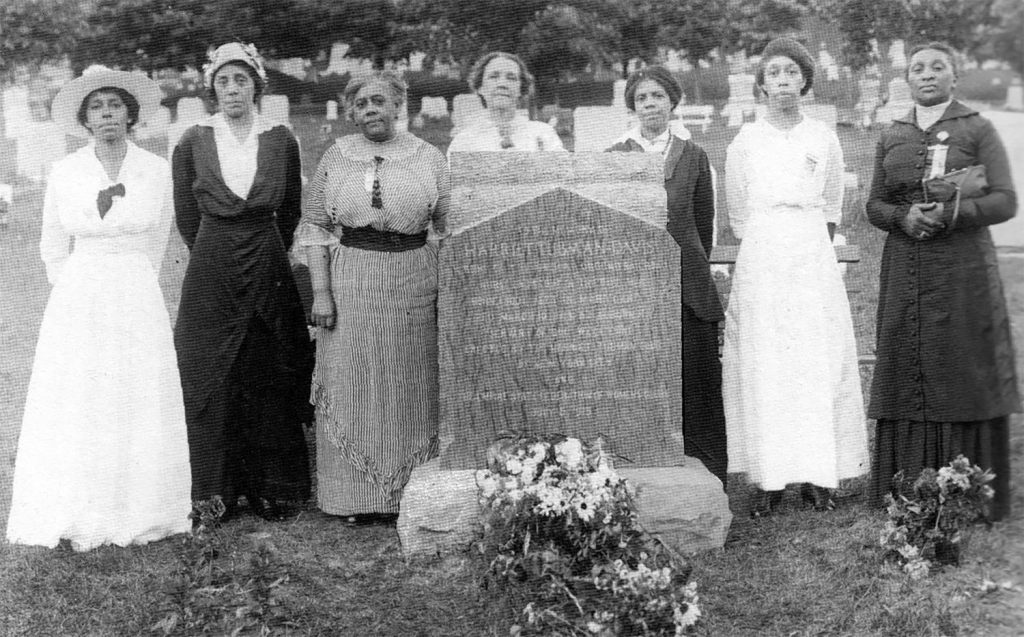
>>Register for the Conference or explore other sessions here.
SHARE

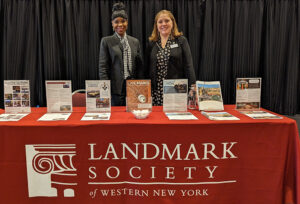
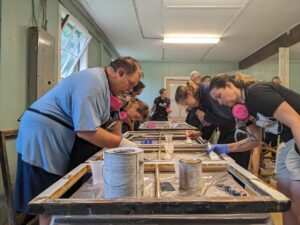

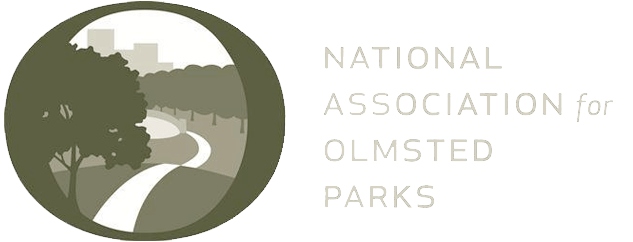
1 thought on “Session Spotlight: Preserving Harriet Tubman’s Landscape Legacy”
April 12th
Can you please direct me to where I could obtain archival vintage photographs of the AME Zion Church, and a higher resolution copy of the group of women around Ms. Tubman’s gravesite? I am the archival researcher for a new PBS documentary on Ms. Tubman for Maryland PBS. Thank you, Rosemary Rotondi, researcher
Comments are closed.